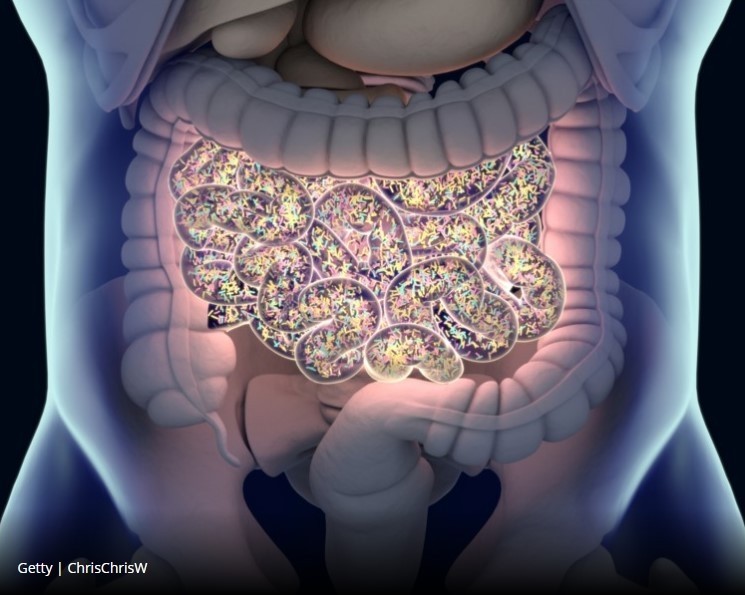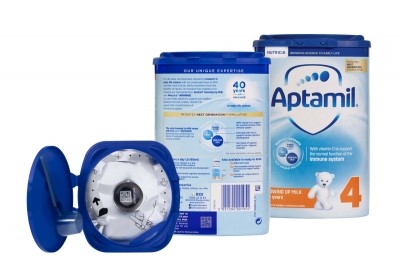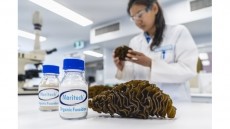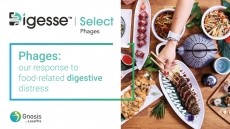Common gut bug found to secrete cancer-promoting chemical: Study

The Dutch team highlights this signature genetic damage as similar to the mutations found in the DNA of patients with colon cancer.
“These signatures can have great value in determining causes of cancer and may even direct treatment strategies,” says Dr Ruben van Boxtel, team member and principle investigator at the Princess Máxima Center and Oncode Institute
“We can identify such mutational footprints in several forms of cancer, also in paediatric cancer. This time we wondered if the genotoxic bacteria also leave their unique distinguishing mark in the DNA.”
Writing in Nature, researchers from the Hubrecht Institute (KNAW) and Princess Máxima Center in Utrecht, the Netherlands, describe how DNA mutations drive cancer cell progression into tumours.
Exposure to UV light or smoking can directly cause DNA damage, which induces mutations, and thus increase the chance that normal cells transform into cancers.
But until now, it was unknown that the bacteria in our gut can similarly induce cancer mutations in cells through their DNA damaging effects.
Each process that can cause DNA damage leaves behind a specific mutation footprint or signature. Their presence in cancer DNA can tell scientists about past exposures, which may underlie disease initiation
Study details
The team began looking at colibactin, the chemical secreted by E. coli which can damage human DNA. They used lab-grown human intestines, called organoids and exposed them to the E. coli bacteria.
After five months of bacterial exposure, the team sequenced the human cell DNA noting the number and types of mutations caused by the bacteria.
Findings revealed the genotoxic bacteria caused two co-occurring mutational patterns in the DNA of the organoids.
One pattern saw the change of an ‘A’ to any other of the four possible letters of the DNA code, and the loss of a single ‘A’ in long stretches of A’s.
In both cases, another A was present on the opposite strand of the DNA double helix, three to four bases away from the mutated site.
“I remember the excitement when the first signatures appeared on the computer screen” says Axel Rosendahl Huber, PhD Student from the Van Boxtel group based at Princess Máxima Center.
“We had hoped for some indication of a signature that we could follow up on in other experiments, but the patterns were more striking than any signature we had analysed before.”
The team then drew upon other research that identifies the colibactin structure and how it interacts with the DNA. This research also details colibactin’s ability to bind and cross-link two ‘A’s’ at the same time.
Once they established the footprint of genotoxic E. coli, the researchers set out to find traces of it in the DNA of cancer patients, embarking on the painstaking task of analysing mutations in over 5,000 different tumours.
“More than 5% of colorectal cancer had high levels of the footprint, while we only saw it in less than 0.1% of all other cancers,” says Jens Puschhof, PhD student in Hans Clevers' lab at KNAW.
“Imagine studying a gut bacterium’s footprint for months in a dish, and then finding back the same footprint in the DNA of patients.”
Defined signature
Cancer such as those of the oral cavity and the bladder are known to have encountered these bacteria and as a result have the same footprint.
“It is known that E. coli can infect these organs, and we are keen to explore if its genotoxicity may act in other organs beyond the colon. The signature we defined experimentally helps us with this,” adds Puschhof.
The researchers say that their work could form a basis of a screening program, in which individuals could be tested for the presence of these bacteria.
According to the study, as many as 10-20% of people can harbour the ‘bad’ version of E. coli in their intestines.
“Antibiotic treatment could eradicate these bacteria early on,” adds Puschhof. “In the future it may be possible to catch colorectal cancer development very early or to even prevent tumours from developing.”
Source: Nature
Published online ahead of print: doi.org/10.1038/s41586-020-2080-8 (2020)
“Mutational signature in colorectal cancer caused by genotoxic pks+ E. coli.”
Authors: Cayetano Pleguezuelos-Manzano et al















